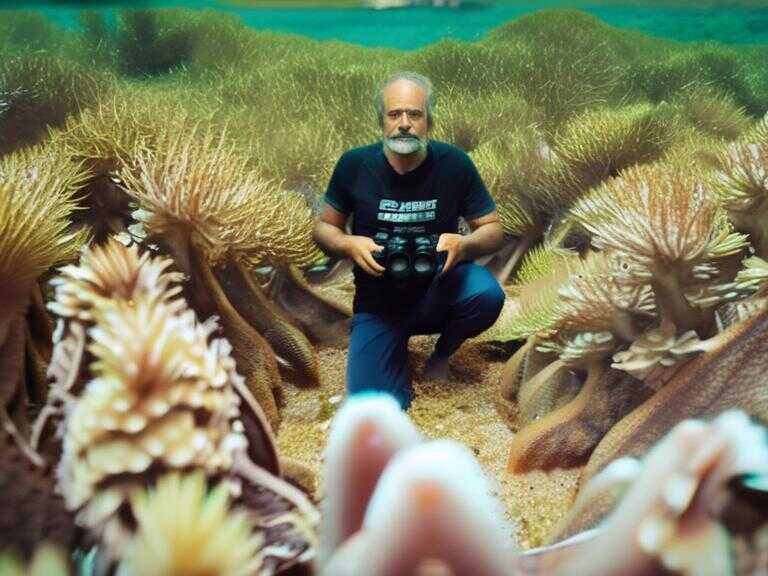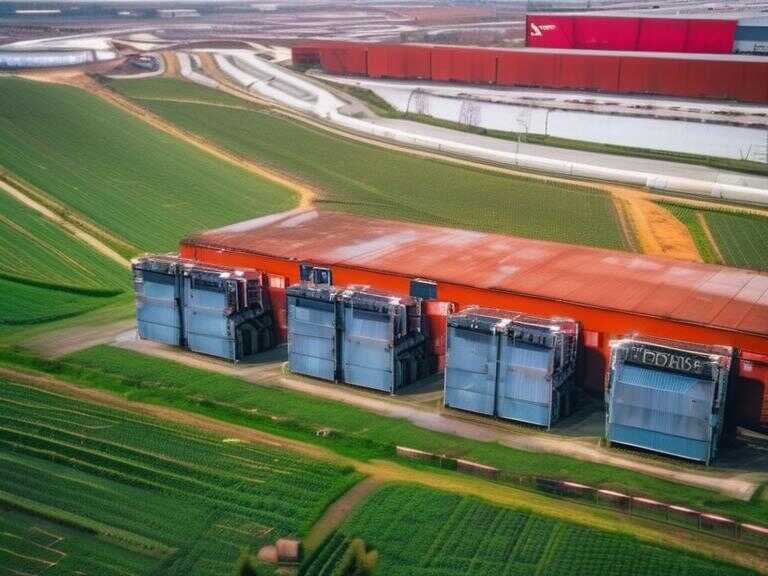
Grand Canyon National Park Halts Overnight Hotel Stays Due to Water Pipeline Breaks
Grand Canyon National Park will restrict overnight hotel stays due to pipeline breaks affecting water supply, impacting visitors during Labor Day and beyond.

Grand Canyon National Park is set to experience visitor restrictions after a series of disruptions to its sole water supply pipeline. The measures come ahead of the busy Labor Day weekend when hotels are usually at capacity. Park spokesperson Joelle Baird disclosed on Wednesday that overnight hotel stays will not be permitted due to the recent pipeline breaks. This unprecedented decision is a response to the frequent failures of the 12 1/2 mile-long (20km-long) Transcanyon Waterline, built in the 1960s, which supplies potable water for facilities on the South Rim and inner canyon. Officials revealed that the pipeline has exceeded its expected lifespan, leading to over 85 major breaks disrupting water delivery since 2010.
Implications for Visitors
The restrictions will affect all park accommodations, including renowned hotels such as El Tovar, Bright Angel Lodge, Maswik Lodge, and Phantom Ranch. Visitors who had planned to stay overnight are now facing challenges in securing alternative accommodations. However, hotels located outside the park in the town of Tusayan, Arizona, remain unaffected by these restrictions.
Heidi Zahner Younts, from Iowa City, Iowa, expressed her disappointment on the park's Facebook page, sharing that her planned weekend visit with her daughter was now marred by the situation. Despite the unfortunate turn of events, she later managed to find a different hotel outside the park, albeit with a hopeful perspective of less traffic and crowds.
Preserving Water Amidst Challenges
The park will continue to operate during the day, ensuring visitors can still experience its breathtaking landscapes. However, the North Rim’s Grand Canyon Lodge and other North Rim visitor services will also be available. The park has been grappling with water supply issues since July 8, with no water currently being pumped to either the canyon’s south or north rims. Park officials are actively working to restore full operational status for overnight guests on the South Rim at the earliest.
To mitigate the impact of the current water restrictions, officials are urging both residents and visitors to contribute to water conservation efforts. They are encouraged to limit showers to five minutes or less, turn off faucets while shaving or brushing teeth, flush toilets selectively, and wash laundry only with full loads. The park's water supply system is vital to cater to the needs of approximately 6 million annual visitors and around 2,500 year-round residents, emphasizing the importance of the restoration efforts.
Challenges and Future Plans
Restoration efforts are complicated by the location of the pipeline breaks in an area of the canyon known as “the box,” known for its hazardous conditions, including potential rockfalls and extreme temperatures during this season. Park officials have expressed concern for the safety of the crews tasked with undertaking the repairs in this challenging environment.
The National Park Service has initiated a $208 million rehabilitation project to address the waterline issues and implement upgrades to the associated water delivery system. This significant investment is expected to be completed by 2027, encompassing the park's efforts to meet the water supply needs for its substantial visitor and resident population.
Collaboration and Reporting
This report is a collaborative effort involving Associated Press journalists across various locations, with insights from Walter Berry in Phoenix, Felicia Fonseca in Flagstaff, Arizona, and Lisa Baumann in Bellingham, Washington. Their contributions have provided a comprehensive overview of the challenges facing Grand Canyon National Park and the subsequent restrictions on overnight accommodations.
Share news















